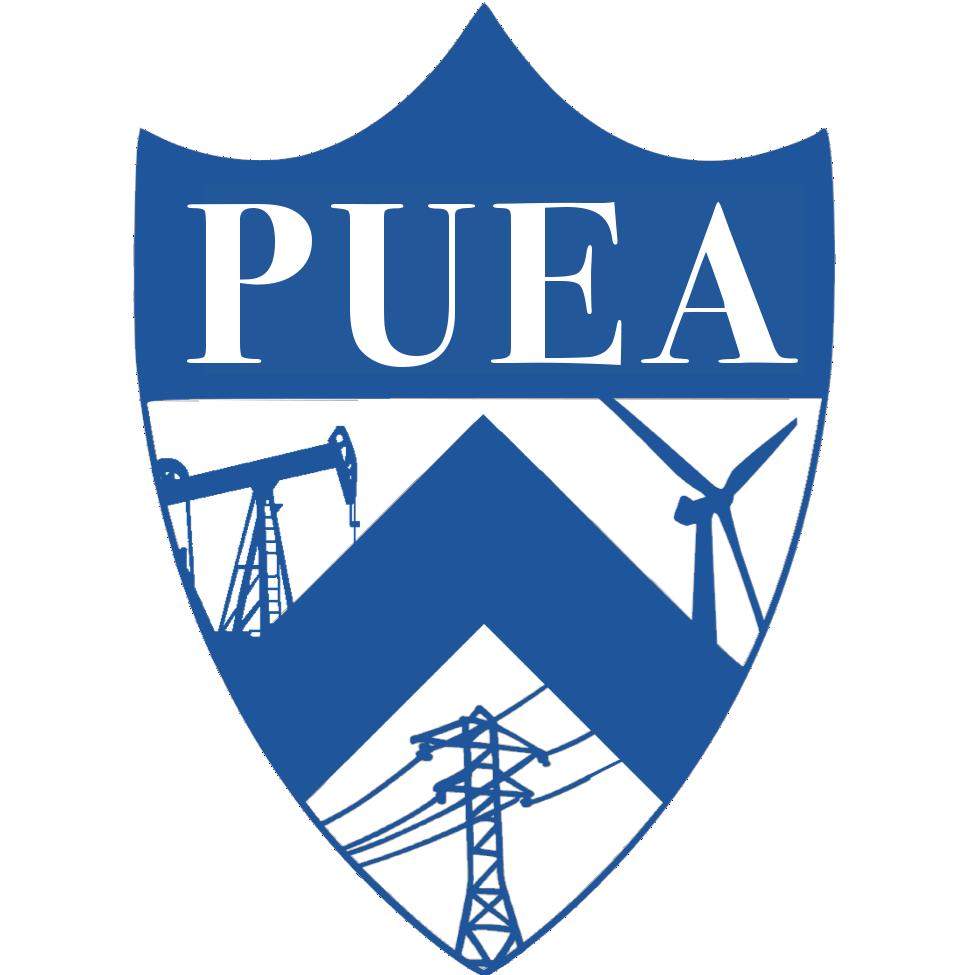Volume 11, Issue 6
April 5, 2021 – April 11, 2021
Riti Bhandarkar ‘23| Rei Zhang ‘21 | Ben Buchovecky ‘23 | Joe Kawalec '21 | Zihan Lin '23 |
In a record year for clean energy purchases, Southeast cities stand out
April 1, 2021 | Energy News Network | Elizabeth Ouzts
In 2020, cities across the U.S. spent more money on renewable energy than the last year, exceeding previous spending by nearly 25%. Around eight dozen cities collectively purchased nearly 3.7 gigawatts of energy, enough to power more than 800,000 households, according to a new report by the Rocky Mountain Institute and the World Resources Institute. Around half of the cities with exceptional spending are located in the stretch between Texas and Washington, D.C.; these cities have invested in renewable energy in the form of green tariffs, solar power, and wind power, with the ultimate goal of meeting climate action targets for sustainable energy. - RZ
Biden’s infrastructure plan aims to turbocharge U.S. shift from fossil fuels
March 31, 2021 | The Washington Post | Steven Mufson and Juliet Eilperin
In Pittsburgh on Wednesday, President Biden detailed his $2 trillion infrastructure plan designed to reshape the U.S. economy. A large portion of his vision is large investments in green energy, accelerating the growth of solar, wind, and other renewable energy plants. He plans to ask Congress for $174 billion to increase the U.S. market share of renewables, $10 billion for a Civilian Climate Corps (hiring young people to work on environmental infrastructure projects), and $35 billion for innovative technology that can aggressively fight the climate crisis. To implement any of these solutions, however, requires congressional approval, and Republican opponents have already voiced their strong disapproval. It is unclear whether the administration plans to pass these programs as part of a budget reconciliation bill.
-RB
Biden Administration Announces a Major Offshore Wind Plan
March 29, 2021 | The New York Times | Lisa Friedman and Brad Plumer
The White House has unveiled a plan to significantly increase the use of offshore wind power along the East Coast. By 2030, the Biden administration wants to have 30,000 megawatts of offshore wind power deployed across the Atlantic Coast, which would be able to power 10 million homes. The plan is being promoted as a jobs initiative that will provide 44,000 new jobs directly involved in the offshore wind power and 33,000 new indirect jobs. The administration has already chosen an area of water between Long Island and New Jersey as a priority ofBiden Administration Announces a Major Offshore Wind Plan fshore wind site. Overall, there are 13 offshore wind projects along the East Coast which are being reviewed at the moment. For most East Coast states, solar and onshore wind power are not very efficient or feasible due to their geographic location. This makes offshore wind power a crucial step in their transition to renewable energy. -BB
Biodegradable Algae Solar Panels Clean the Air While Growing Green Energy
April 1, 2021 | Good News Network | Andy Corbley
The firm GreenFluidics is the location of the novel Intelligent Solar Biopanels, powered by algae instead of Earth-mined minerals. By using algae, the panels absorb CO2 from the atmosphere and convert it into oxygen and energy through the biological process of photosynthesis. Adán Ramirez Sánchez is the mind behind the firm and this invention, hoping that these revolutionary solar panels can be used for outer space exploration. On spaceships, the panels could theoretically be used to generate energy through the sun by placing them near a window. This innovation promises sustainable energy through a biodegradable, green triangular panel that measures a meter across—a nano-sized step towards solving a massive problem. -JK
Compact Advanced Tokamak Concept Takes Fusion Power One Step Closer to Commercial Reality
April 1, 2021 | Power Magazine | Aaron Larson
Scientists at the DIII-D National Fusion Facility came up with a new design for a compact fusion reactor that utilizes high pressure to reduce current. Operated by General Atomics, the DIII-D facility in San Diego is a national institution under the U.S. Department of Energy that is devoted to fusion research. The recent Compact Advanced Tokamak (CAT) concept, a new economical solution to fusion reactor design that combines the latest underlying physics and engineering knowledge, promises increased efficiency and energy containment. CAT is one of the many fusion breakthroughs in the past few decades. Currently, scientists and engineers are working on resolving the heat management issues of steady-state tokamak plasma in preparation for operating the first pilot plant. The successful operation of a fusion device can be a decisive solution to climate change in the future. - ZL





